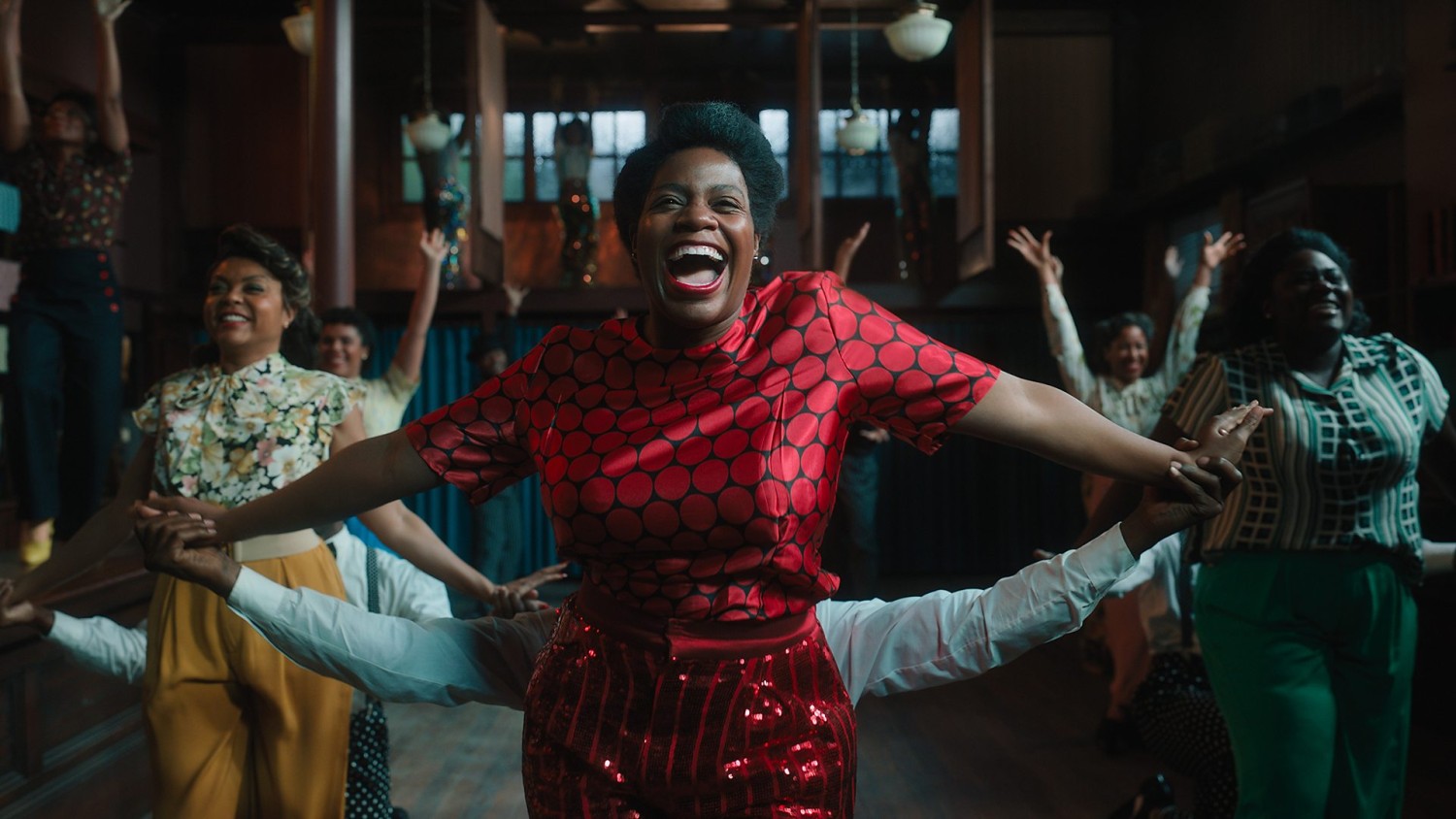This article is more than
3 year old
The Color Purple is a big, brash spectacle, an extravaganza blending the styles of Broadway musicals, Hollywood studio movies and music videos, with a mix of gospel, pop, blues and ballads, all of that coming together smoothly in one exuberant film. Exuberance is an odd choice for the story of a woman abused by her father and husband, and cruelly separated from her sister and her children. But this new iteration – based on Alice Walker's 1982 Pulitzer Prize-winning novel and the successful Broadway musical – leans into the hope and triumph of its heroine, Celie.
In fact, hope and triumph have been the filmmakers' and cast's main talking points in the runup to its release. "It was my goal to bring more levity to the story, while not shying away from the more difficult moments," the screenwriter, Marcus Gardley, says in the production notes, where one of its stars, Taraji P Henson, says, "We're tapping into the joy". They may have overcorrected. The film downplays the depth of Celie's tragedies as she goes from a girl in 1909 through the 1940s in a racist US South. This Color Purple works best as a complement to Steven Spielberg's 1985 film, with Whoopi Goldberg as Celie, which captures all the drama the new movie lacks. But on its own terms, the latest version is a joy to watch in all its crowd-pleasing boldness.
Halle Bailey is charismatic as Nettie, just as she was in The Little Mermaid
The director, Blitz Bazawule, a musician and filmmaker, announces his mashup of styles from the start. Celie (Phylicia Pearl Mpasi) is 14 and pregnant with her father's child, the second one he will soon give away for adoption. She and her sister, Nettie (Halle Bailey), are sitting in a tree singing, but almost instantly the entire screen explodes into song. Against the dusty backdrop of a small country town, men and women in bright colours sing a gospel song, and dance their way into church. Bazawule is a co-director of Beyonce's Black is King filmed album, and there are echoes of her videos in the choreography and choruses of women here. The start and end of the film are rousing in the manner of Broadway opening and closing numbers, and the film never goes too long without a song backed by lush orchestrations. But there is also kinetic camerawork that follows the actors, and enough overhead shots so that it seems Bazawule is intent on proving that he's making a movie, not filming a stage show.
In her first film, Mpasi pulls off the difficult job of making Celie both diffident and a vibrant character. When she sees the child her father has given away, she sings a bluesy song called She Be Mine and the film moves into one of several fantasy sequences. Behind her, we see prisoners at hard labour, an image a bit too on the nose but accurate for her situation. The fantasies are hit or miss – a later scene of the older Celie dancing on top of a spinning record just seems silly – but this one works. Soon she is married off to a brute called Mister, who treats her as less than a servant, and who is brought to life by Colman Domingo not as pure evil but as a credible monster of selfishness. Bailey is charismatic as Nettie, just as she was in The Little Mermaid. She sings and co-wrote one of the film's original pop songs, Keep It Movin', an interlude in which she tries to convince Celie to have fun, not just be subservient to Mister.
When the story jumps ahead eight years, Fantasia Barrino takes over as Celie, the role she played in one of the two Broadway productions. In the first stretch, she is merely subdued, without revealing the cost of Celie's submission. But the songs and the performance get stronger as Celie's sense of her own worth grows, and Barrino's powerful singing voice takes over by the end.